READY TO GET STARTED?
REQUEST A FREE ESTIMATE
Fill out the form below or call (888) 466-7849 for a free, no-obligation estimate.
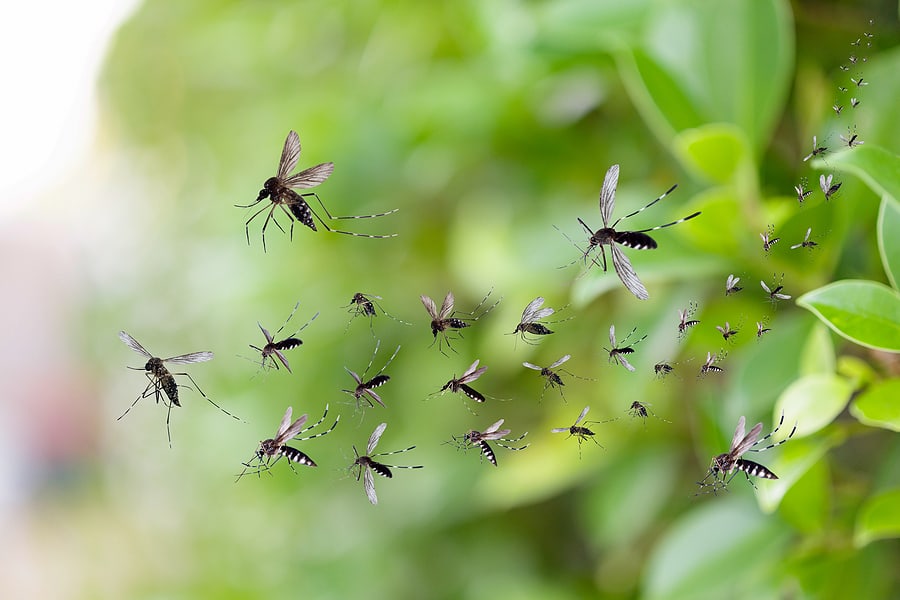
Spring brings new life, warmer weather, and pests! Because of the spring weather, household pests such as ants, roaches, mosquitoes, termites, rodents, and other pests emerge from hibernation in search of a food source and a place to nest. Now is the ideal time to prevent these pests from multiplying. Check out our tips for spring pest control!
Pests can enter your home through the smallest crack, crevice, or hole. Examine the exterior of your home for these areas, including the foundation, pipes, windows, doors, and HVAC units. Cockroaches, rodents, wasps, ants, and other pests will gain entry and cause a variety of problems in your home. Seal any openings with caulk if you find them. Consider using a sweep to seal the gap between the floor and the door for doors. Use screens on doors and windows and keep them in good condition.
Warmer weather and standing water will attract pests such as mosquitoes and roaches to your property. Standing water attracts pests and allows them to multiply and thrive, so it is critical to remove it. Check for leaks on the outside and inside of your home. Pests can be attracted by dripping faucets and loose fixtures. Remove any items in your yard that could collect water, such as flowerpots, old tires, tarps, toys, and so on. Consider enclosing your crawlspace to help control moisture and temperature inside your home.
Many pests will use our firewood to make their way into our homes. Keep your woodpiles at least 20 feet away from your house. To prevent termites and roaches from living in them, consider placing them in plastic containers with lids and elevating them off the ground. Inspect it for pests and brush them off before bringing it inside.
Starting your spring cleaning early could help keep pests at bay! Consider starting at the ground floor and working your way up to declutter your home. Clean the floors, dust, sweep, mop, vacuum, and empty your closets and drawers of unnecessary items. Remove old newspapers and cardboard boxes from storage, as these can attract rodents looking for a nesting site. Remove old tree stumps, twigs, and other debris from your yard. Similarly, rake up all the leaves and keep mowing on a regular basis.
Mice and rats are looking for food and have infiltrated our kitchens to find it. It is critical to clean your kitchen and store leftover food safely. Wipe down your counters after each meal and clean up any leftover crumbs or spills. Sweep and mop your kitchen floors on a regular basis, and don’t forget to clean under your appliances. Use trashcans with lids to dispose of your garbage on a regular basis. Make use of airtight containers when storing food.
While following these spring pest control tips can help keep bugs out of your home, it is sometimes necessary to call a professional for extra protection. Your local pest control company can inspect your home, identify potential pest sources, and recommend a pest control and prevention strategy.
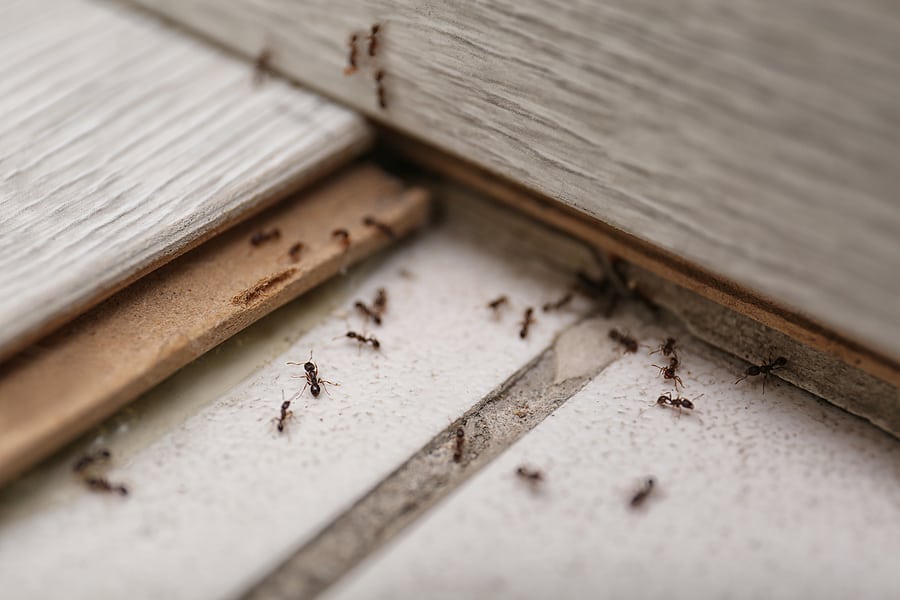
After the humid temperatures of summer, most of us are looking forward to a cooler climate as fall approaches. As we say goodbye to our summer pests, fall pests are quickly emerging. Often searching for a warm place to inhabit and an accessible food source, fall pests will invade your home if proper preventive measures are not in place. Check out our list of fall pests you should look out for, and some do-it-yourself prevention tips to avoid them.
There are several species of rodents looking to your home for shelter, including the house mouse, Norway rats, and roof rats. While these creatures have different characteristics, they each need a warm place to nest and a food source to survive. These creatures are often found in our attics, basements, crawl spaces, and kitchens. Preventing these creatures from entering homes starts with rodent prevention measures placed inside and outside the home.
Inspect your roof for any damage, including broken tiles or gaps under eaves, which can be an entry point for mice and roof rats to your attic. Likewise, utility pipes can have gaps; consider sealing around them with steel wool, caulk, or concrete. Rats like to inhabit where there’s clutter; make sure the less used areas and rooms in your home are clean and utilize plastic storage boxes with tight lids.
Sneaky, small, and often undetected, ants can become a major nuisance if they infest. These pests are attracted to warmth, food sources, and moisture. Commonly infested areas include bathrooms, kitchens, and our food pantries.
The first step in preventing ants from invading is sealing small gaps and holes around your home. These pests can fit into holes smaller than a dime, making it important to check throughout the home’s interior and exterior. Inspect windows, doors, and utility pipes that potentially have these openings. Clean up any leftover food, crumbs on the floor, and spills.
Known for being a year-round pest, seeing these pests inside your home is always alarming! While these creatures are looking for a food source and water, they can bring diseases into your home and trigger allergies and asthma attacks. Homeowners will usually find roaches in our bathrooms and kitchens.
The best way to avoid cockroaches is to identify how they got inside in the first place. Inspect areas where you’ve noticed they have infested before. Seal any noticeable cracks and crevices that lead from outside to inside your home. Roaches will utilize clutter and hide in it during the day, making it essential to clean out piles of old newspapers or magazines, cardboard boxes, paper bags, or other clutter in your home.
Dealing with a pest infestation is never ideal, especially during the busy months of the year. Consider contacting your local South Florida pest control company for an evaluation and treatment plan.
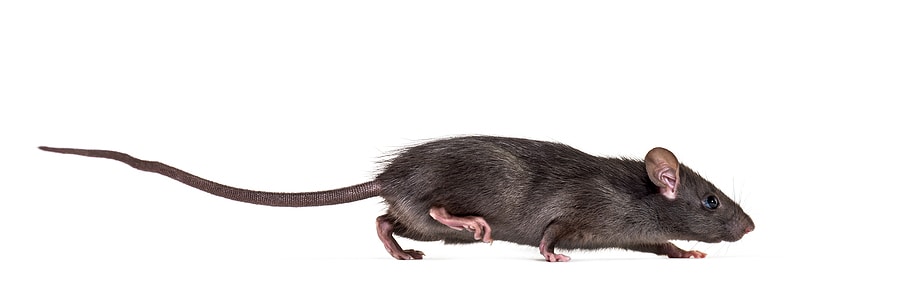
One of the most common rodents invading homes is the roof rat, also known as the palm rat, fruit rat, ship rat, and Alexandrian rat. Norway rats, which are stockier than roof rats, can also invade dwellings. If you want to get rid of the rats in your attic, you need to identify the species first. There are several key distinctions between roof rats and Norway rats. Let’s take a look at a few of the distinctions.
Roof rats are smaller than Norway rats (also known as the sewer rat or brown rat) and have longer tails. They can reach a maximum length of 18 inches (including the tail) and a minimum weight of 5 ounces.
Roof rats are commonly black in color, while Norway rats are brown or gray. Compared to Norway rats, roof rats are smaller, thinner, and their fur is smooth. Large, hairless ears and pointed faces are two other distinguishing characteristics of these rodents.
Roof rats, in contrast to other rat species, are adept climbers and construct their nests in elevated locations rather than underground burrows. They build their nests outside in places like trees, shrubs, wood piles, and dense vegetation. Whenever possible, these pests will seek out the warmest part of the house, which is typically the attic or another upper level. There are a number of places in the house where they might set up shop for the winter, including attics, cabinets, ceilings, garages, interior walls, bathrooms, outdoor kitchens, and pool decks.
Unlike many other rat species, roof rats eat a lot of nuts and seeds rather than meat scraps and other high-protein foods. Because of this, nuts and fruits make up the bulk of a their diet, though they are omnivores like all rats. If they’re hungry enough, they’ll eat almost anything, including vegetation, pet food, animal feed, vegetables, insects, nuts, seeds, tree bark, and even lizards.
Roof rats require water to survive and will often use the following as a water source: watering holes, leaky pipes, AC lines, pet water bowls, flowerpots, sprinklers, and gutters.
Because they are nocturnal and hunt for food at night, roof rats are not always visible. In order to detect an infestation, however, you must be familiar with the telltale signs of a problem. When located, the appropriate rodent prevention measures can be implemented.
The presence of roof rat feces is a clear indication of an infestation. Roof rat feces are less noticeable in size compared to those of Norway rats. The feces have sharp points and measure about half an inch in length. Other telltale signs of a roof rat infestation include:
Roof rats can be a real nuisance, and their droppings and urine can be dangerous to your health. Roof rats can get into your home by gnawing holes in the soffit or eaves. As soon as they get inside, they can do a lot of harm by wire-chewing, which can cause electrical problems and fires; nibbling up in the rafters of the loft; gnawing on water lines and causing leaks; and reducing insulation’s effectiveness by trampling on it. They can also contaminate your home with their urine and feces, causing health problems for you and your family.
Prevent roof rats with the following tips:
If you suspect you have a problem with roof rats or any other rodents, contact your local pest control company for a complete evaluation.
Common Rodents to Lookout for this Winter
14 Tips for Winter Pest Control
Are Spiders More Common In Winter?
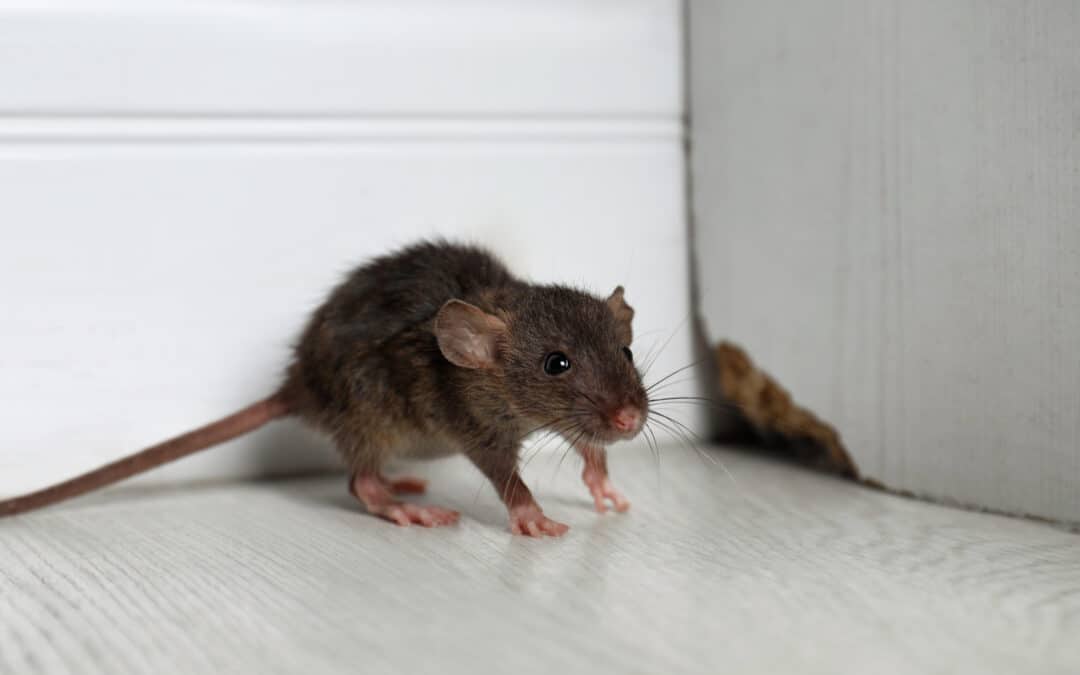
We don’t often see temperatures below freezing in Cape Coral, but we do experience colder months. While it’s a nice break from the humid weather, unfortunately, it can bring unwanted pests into our homes. Rodents are looking for a warm place to inhabit and search for a food source. If these pests get inside, they can cause significant damage, such as chewed wires, damaged insulation, and risk of disease. Check out our list of common rodents in your area and how you can prevent them from entering your home.
The house mouse prefers dark, secluded areas in your home, such as the crawl space, basement, or attic. These creatures can adapt very quickly to human environments, often hiding in household clutter and inside the walls of homes. Since they are skilled climbers and are able to jump a foot high, they will often reach isolated areas inside your home.
One of the largest rodent species, Norway rats are nocturnal creatures, searching for food sources in garbage cans at night. You can often spot these creatures burrowing in areas that go undisturbed for a long time, such as crawlspaces and basements. Once inside, these creatures are known to gnaw on furniture, walls, plastic, lead pipes, and wires.
Due to their padded feet, roof rats can easily climb up our homes, infesting our attics, eaves, and roof lines. Living in colonies, they will typically stay together in a familiar area instead of exploring new ones. If an area is providing both food and shelter, these rats will stay close or inhabit the area.
Rodents can adapt to almost any situation, making it more difficult to get rid of them. Fortunately, there are a few easy ways to help deter these creatures away from your home.
To keep rodents out this winter, utilize these rodent prevention tips:
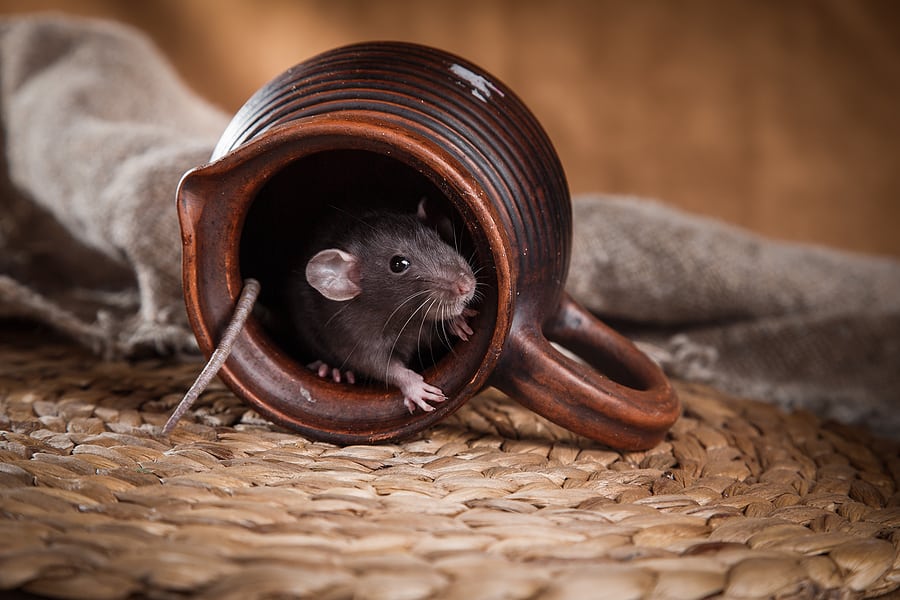
Despite our best wishes, pests don’t just disappear when the weather gets cold. Winter pest control becomes critical to keeping your house protected during the season. Overwintering pests will make their way indoors to escape the cold and have access to a plentiful food supply. Common overwintering pests include roaches, spiders, and rodents.
Overwintering pests pose a threat to both you and your home. They can chew through wires and insulation, contaminate surfaces and food, spread diseases, and trigger allergies and asthma.
Help protect your home with these 14 tips for winter pest control:
If you have a problem with winter pests, contact your local pest control company for a complete evaluation and treatment plan.
How to Prevent Bed Bugs While Traveling
How Do I Prepare For Termite Treatment?
Rodents to Lookout for this Winter